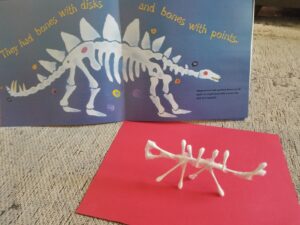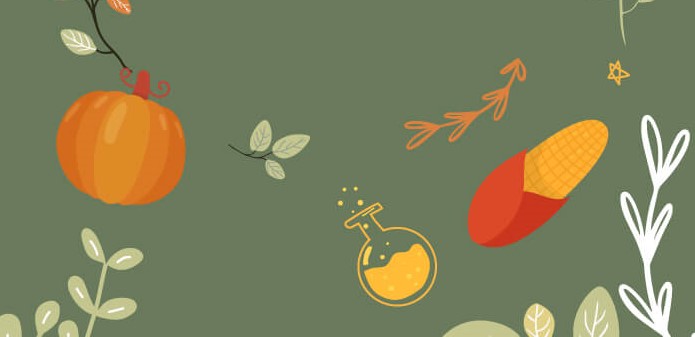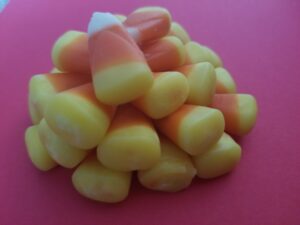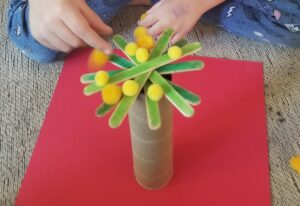by Rachel Wells
STEM education has seen a huge increase in popularity, with more and more schools making it an integral component of their classrooms. These activities combine the most hands-on subjects into one cohesive curriculum, while giving students an opportunity to learn through real life situations. Through STEM activities, students have an opportunity to develop the problem-solving and communication skills that many careers need, while helping break traditional gender roles and bridging the ethnic and gender gaps that are often found in the math and science fields.
Benefits of STEM activities include:
- Application of real-world skills – STEM activities allow students to practice skills needed for future jobs and adult life by applying what they know to a variety of scenarios and situations. STEM activities provide opportunities for concepts to become more concrete.
- Problem solving – Students must use critical thinking skills to create a plan and use trial and error to solve the challenge.
- Teamwork – Students learn to communicate and work together towards a common goal. These activities also give children an opportunity to learn from each other through each group member’s unique strengths and ideas as to how to solve the problem.
- Confidence in using new technology –Students learn to embrace and build confidence in using new technology.
- Ingenuity and creativity – STEM activities lead to new ideas and innovations.
- Encouraging experimentation, trial and error, and resilience – Students develop a “let’s try it and see” attitude, which allows them to take risks, knowing that they can falter and try again in a safe environment. Learning from failed attempts builds confidence and resilience.
This fall, we encourage you to find time to try a few of these fun themed STEM activities together!
Candy Corn Tower
Students work together in a small group to stack and build a tower made out of candy corn. See how tall of a tower each group can stack in 15 minutes. The group must be able to balance a candy pumpkin on top of their tower. This one is a lot trickier than it sounds!
Spider Webs
Use marshmallows and toothpicks to create a spider and spider web. The more intricate the design the better.
Cotton Swab Skeleton
All students will need is tape, cotton swabs, and scissors. Students will need to cut and attach cotton swabs to create 3D people or animal skeletons.

Bone Bridge
Students will need Q-tips, clothespins, wooden craft sticks, pipe cleaners, yarn, and tape for this activity. Decide ahead of time if you want the goal to be who can make the longest bridge without it touching the ground, or whose bridge can hold the most weight without it collapsing.
Spider Parachute
For this activity you will need coffee filters (or plastic grocery bags), tape, yarn or pipe cleaners, and plastic spider rings. Children need to create a parachute to safely float a spider down from a predetermined height and land on a target.

Apple Towers
Use straws and tape to build a tower strong enough to hold up an apple.
Apple Tree
This is a good activity for younger children. You will need cardboard tubes, green wooden craft sticks, and red craft pom pom balls. Stand the tube up to make a trunk and overlap the wooden craft sticks to create the leaves of the tree. The challenge is to see how many red pom pom ball “apples” can be balanced on top of the tree. This activity goes well with the book Ten Apples up on Top.
Candy Grabber
Gather tools to create a contraption that can pick up a piece candy off of a flat surface. Some materials may include cardboard, yarn, tape, straws, cups, wooden craft sticks, paperclips, peel and stick magnets, and maybe even some of those fun plastic vampire teeth as well. Pulleys or grabbers work well for this challenge.
One of the most beneficial aspects of STEM activities are the accompanying conversations. Remember to ask your child plenty of open-ended questions. Open ended questions are how inquiry begins, and what leads to understanding. This type of questioning allows children to communicate, make sense of their ideas, and grow their vocabulary. Try asking some of these open-ended questions and pay attention to the type of response you get.
What does that remind you of?
What do you notice?
Describe what happened?
What do you like/not like about this?
How does it feel?
How are they alike/different?
What would happen if…?
How can we find a new way to do it?
What made that happen?
Can you explain?
What information would you need to make a decision about…?
What are the most important parts?
Have fun and be sure to let us know which of these STEM activities you tried!




